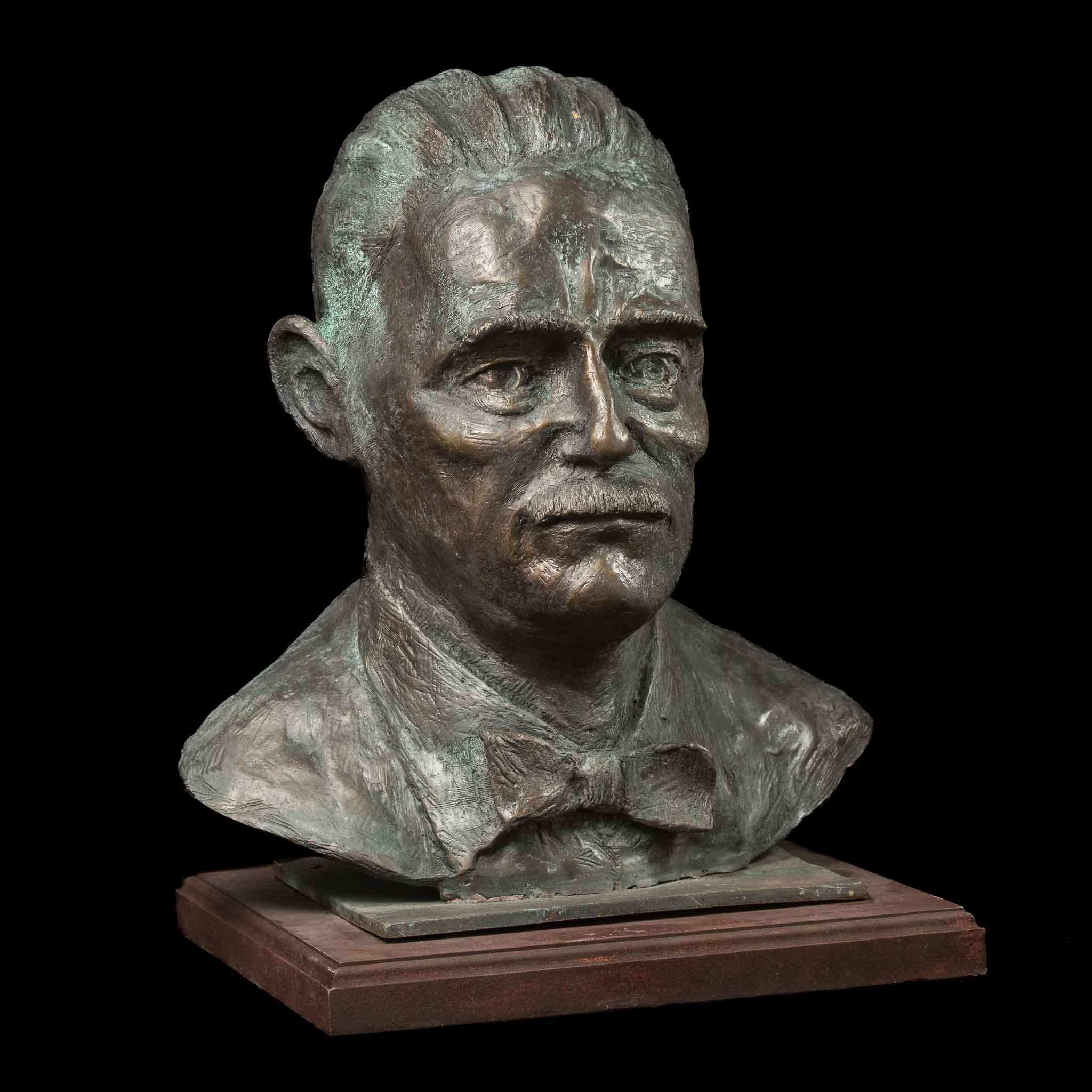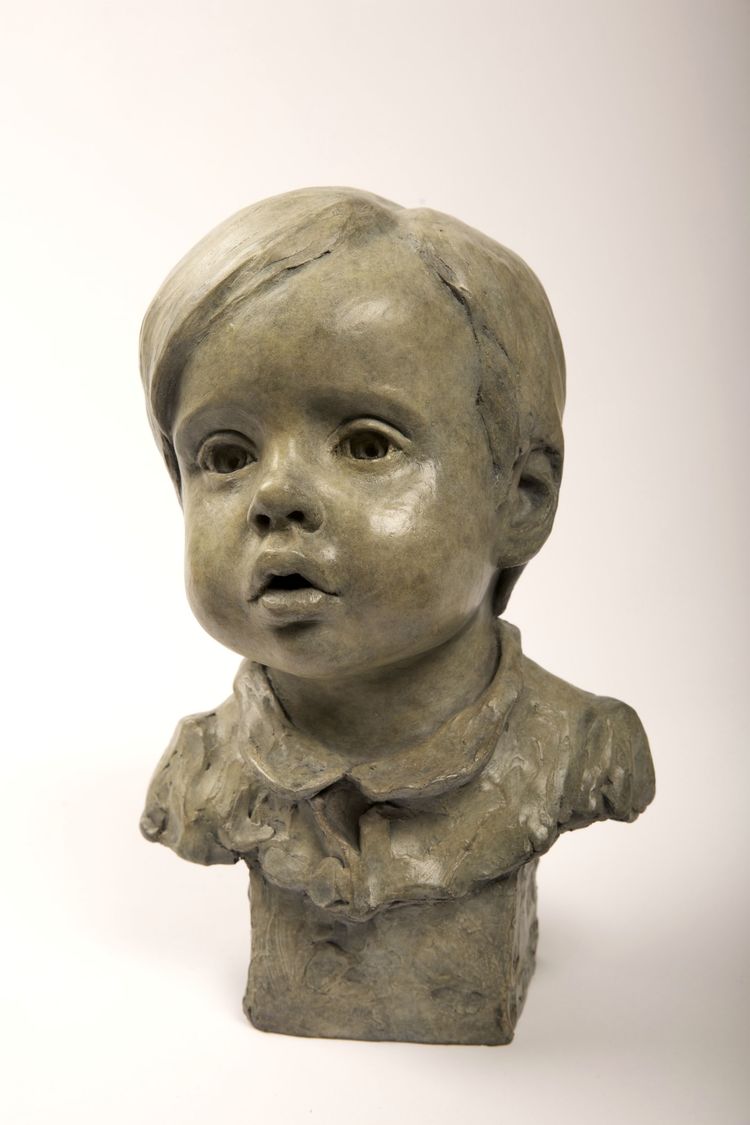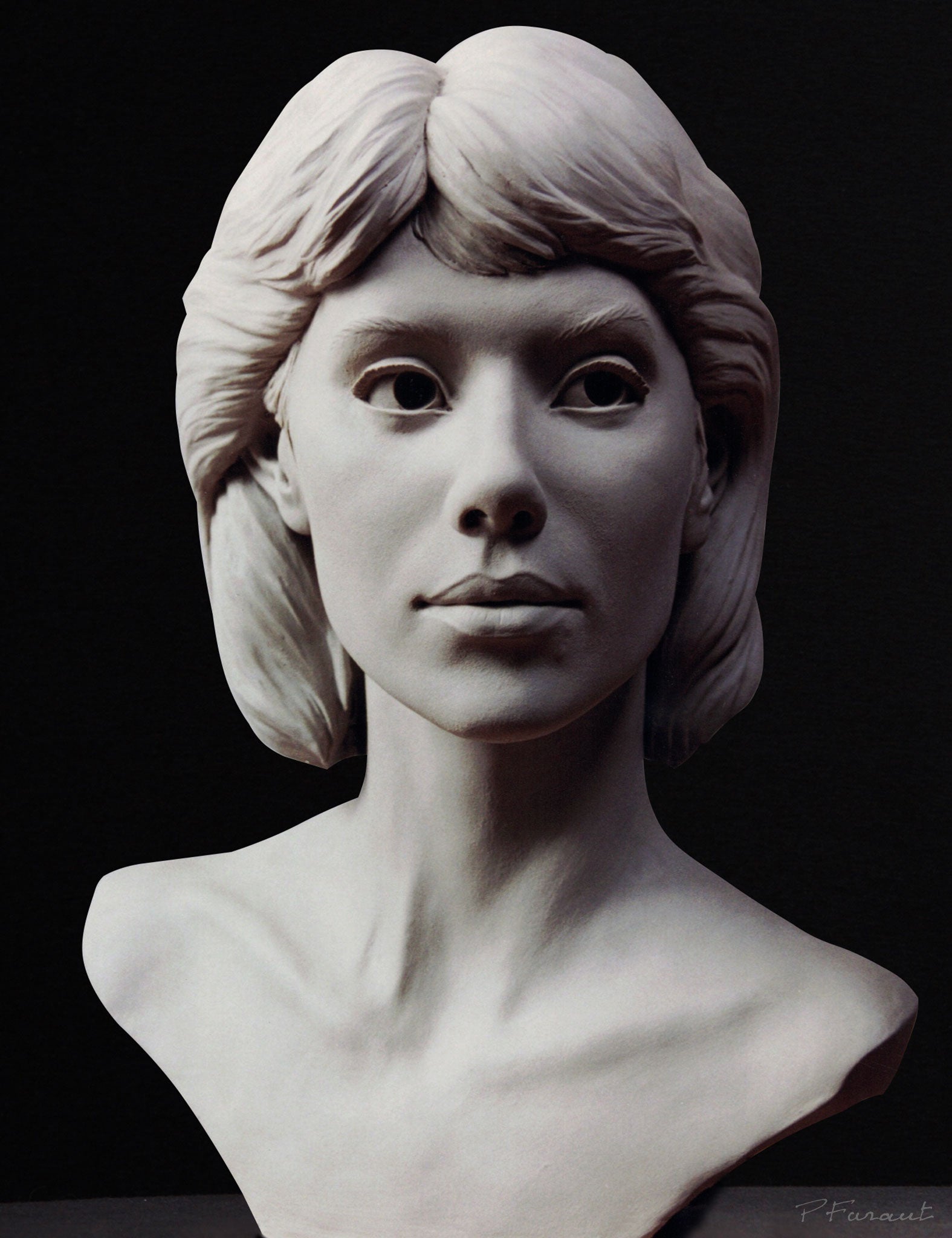Contemporary Marvels: Dive into the World of Contemporary Sculptures
Wiki Article
The Evolution of Sculptures: From Old to Modern
The Advancement of Sculptures: From Old to Modern. Contemporary Sculptures.Sculpture, among the oldest types of art, has actually been an integral component of human world for millennia. From the ancient human beings of Egypt and Greece to the modern age, sculptures have actually developed, reflecting changes in artistic strategies, materials, and social influences. This trip via time traces the growth of sculptures, discovering the shifts stylishly, subject, and imaginative expression.
Beginning with the old world, sculptures crafted from rock and later bronze recorded the essence of deities, leaders, and everyday life. The Renaissance period saw a rebirth of classical sculpting strategies, as musicians sought to imitate the graceful kinds of ancient Greek and Roman sculptures (Bronze Sculptures). In the modern-day period, musicians challenged standard borders, accepting abstraction and testing with new products
This exploration will delve right into the varied evolution of sculptures, revealing the abundant tapestry of imaginative expression across different periods and societies.

Old Sculptures: From Stone to Bronze
Ancient sculptures transitioned from being carved out of rock to being cast in bronze. Rock sculptures, while remarkable in their very own right, were restricted by the nature of the product. Portrait Sculptor.The intro of bronze as a medium for sculptures produced a change in creative expression. Bronze used carvers the possibility to develop lifelike and intricate types that were not possible with rock. The procedure of casting bronze permitted for the development of numerous duplicates of a sculpture, allowing wider circulation and preservation of these artistic work of arts.
The shift from rock to bronze also saw a change in the subject matter of sculptures. While stone sculptures primarily shown gods, sirens, and mythical numbers, bronze sculptures began to show a broader series of subjects, including everyday people and pets. This growth of topic showcased the versatility and flexibility of the bronze medium.
Renaissance Revival: Sculpting in the Classical Style
The Renaissance rebirth of sculpture observed a revival in the timeless style, structure upon the improvements made throughout the shift from rock to bronze in ancient sculptures. Throughout this duration, musicians sought to recreate the classic aesthetic and ideals of elegance that were common in ancient Greek and Roman sculptures.One of the key characteristics of the Renaissance revival was the emphasis on naturalism and the human kind. Sculptors like Donatello and Michelangelo aim to record the anatomical details and expressions of their subjects with unmatched accuracy. They researched the human body and integrated their observations into their sculptures, resulting in realistic and realistic depictions.
An additional vital element of the Renaissance resurgence was the exploration of point of view and depth. Musicians used techniques such as contrapposto, where the weight of the body is moved away, producing a feeling of activity and dynamism. They also trying out various materials, consisting of marble and bronze, to attain a degree of refinement and details in their sculptures.

Modernism and the Avant-Garde: Breaking Traditional Boundaries
Throughout the Modernism and Avant-Garde movements, artists pushed the limits of conventional creative conventions. This duration, which emerged in the late 19th and very early 20th centuries, saw a remarkable shift in the method musicians approached sculpture. Denying the idea of art as mere imitation, modernist sculptors sought to discover brand-new types, products, and ideas.
Among the essential features of modernist sculpture was the focus on abstraction. Artists relocated far from reasonable representations and rather concentrated on recording the significance of the topic with streamlined kinds and geometric shapes. This separation from conventional depiction permitted musicians to reveal their feelings and concepts in an extra subjective and individual manner.

Contemporary Sculptures: Checking Out New Materials and Concepts
With a concentrate on checking out brand-new materials and concepts, contemporary sculptures have actually reinvented the area of art. Artists today are pushing the boundaries of traditional sculpture by trying out and using innovative materials with abstract ideas. These sculptures test conventional notions of materiality, definition, continue reading this and form, inviting visitors to involve in a new and provocative artistic experience.Contemporary carvers are accepting a vast array of products, including plastic, glass, metal, and even organic matter. They are not restricted to the typical medium of stone or clay, permitting better civil liberty and experimentation. This shift towards unconventional materials has opened brand-new possibilities for artists to create sculptures that are vibrant, interactive, and aesthetically striking.
Along with checking out new products, contemporary sculptures additionally explore complicated and abstract principles. Musicians are currently checking out styles such as identity, social problems, and the environment, making use of sculpture as a powerful tool for social commentary and self-contemplation. These sculptures challenge visitors to believe seriously and involve with art on a deeper degree, triggering discussions and prompting psychological feedbacks.
International Impacts: Sculptural Practices From Around The Globe
Sculptural practices from different areas of the globe have considerably shaped the evolution of sculptures throughout history. The worldwide influences on sculpture have varied and have added to the splendor and range of creative expressions. From the ancient worlds of Egypt, Greece, and Rome to the elaborate makings of Eastern societies, each area has established its unique sculptural traditions that have actually influenced musicians across time.In ancient Egypt, sculptures were created mainly for religious and funerary functions. The legendary sculptures of pharaohs and gods, such as the Great Sphinx and the bust of Queen Nefertiti, display the Egyptians' mastery of rock sculpting and their idea in the immortality.

In ancient Rome, sculpture served both creative and political objectives. Roman sculptures commonly illustrated emperors, generals, and mythical numbers, showing the power and grandeur of the empire. The marble statuary of Augustus of Prima Porta and the huge Arc of Constantine are notable examples of Roman sculptural accomplishments.
Eastern sculptural practices, specifically in India, China, and Japan, have additionally had an extensive effect on the development of sculptures. Japanese sculptures, influenced by Buddhism, stress simplicity and harmony, seen in the serene statuaries of Buddha and the elegant art of bonsai.
The worldwide impacts on sculpture continue to advance in the modern period. Musicians today draw motivation from different sculptural traditions, including new products, methods, and ideas to produce cutting-edge and thought-provoking art work. The fusion of different social influences has given surge to a diverse and dynamic sculptural landscape, mirroring the interconnectedness of our worldwide culture. As we look to the future, it is specific that the international influences on sculpture will certainly proceed to form and redefine this old art kind.
Final Thought
In verdict, the advancement of sculptures has actually seen a change from old stone and bronze works to the classical resurgence during the Renaissance. This was adhered to by the splitting of standard limits via innovation and the progressive movement. Today, contemporary sculptures discover brand-new products and concepts, while also drawing inspiration from global sculptural practices. The trip of sculptures shows the ever-changing artistic expressions and social impacts throughout history.From the ancient human beings of Egypt and Greece to the modern-day period, sculptures have actually advanced, mirroring changes in artistic strategies, products, and social impacts.Beginning with the ancient world, sculptures crafted from rock and later on bronze caught the significance of deities, leaders, and daily life.Ancient sculptures transitioned from being carved out of rock to being cast in bronze. While stone sculptures predominantly depicted gods, sirens, and mythical figures, bronze sculptures began to mirror a wider array of topics, consisting of everyday people and animals.In final thought, the development of sculptures has actually seen a shift from old rock and bronze works to the timeless revival during the Renaissance.
Report this wiki page